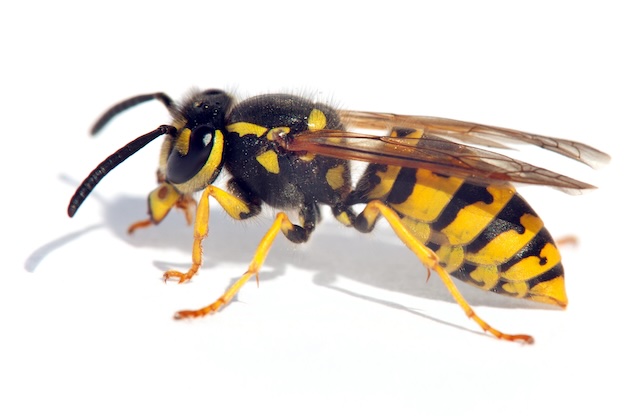As summer goes on and outdoor activities become more appealing, buzzing insects become more common. But being able to tell the difference between wasps and hornets is very important because it can change how you deal with their presence and possible dangers. This guide will help you tell the difference between wasps and hornets so you can properly spot and deal with these stinging insects.
1. How They Look: Wasps and hornets are both in the Vespidae family, but they look different. Wasps are usually slim and have a clear waist. Their bodies can be black, yellow, or brown. Hornets, on the other hand, are bigger and stronger, and their markings are often yellow or dark brown.
2. Nest Characteristics: Nests are a key way to find things. Wasps use chewed wood fibres mixed with saliva to make houses that look like sheets of paper. These nests are often shaped like umbrellas and can be found in many places, like under eaves, in bushes, or even inside the walls of buildings. Hornets, on the other hand, build bigger, more protected nests that are usually grey or brown. It is common for hornets’ nests to be higher off the ground than wasps’.
3. Size of the Colony: Another thing that sets them apart is the size of the colony. Wasp colonies are usually smaller, with only a few hundred to a few thousand people. Hornets, on the other hand, live in bigger groups called colonies, which can have thousands of individuals. The amount of aggression shown by these insects can depend on how big the colony is.
4. Aggressive Behaviour: Both wasps and hornets can be mean, especially if they think their homes are in danger. But hornets, especially the European hornet, are thought to be more dangerous than wasps. Hornets can strike in groups, and their stings are known to be very painful.
5. How They Sting: Wasps and hornets sting in different ways. Wasps can sting more than once without losing their stinger, which means that a lot of them could be more dangerous. Hornets, on the other hand, have stingers with spikes on them, which means they can only use them once before they lose them.
6. Eating habits: Figuring out what they eat can help you figure out more. Wasps eat all kinds of things, like nectar, food, and bugs. They are good for garden environments because they keep pests in check. Hornets eat a lot of different things, but they especially like big insects like wasps. The way they eat is more like that of an animal.
7. Flight Pattern: Looking at the flight pattern can help you understand things. Wasps’ movement patterns are more random, and they move quickly from flower to flower. Because they are bigger, hornets tend to fly more slowly and deliberately.
8. Preferences for their environment: When it comes to where to nest, wasps and hornets may have different tastes. Wasps live in a lot of different places, but hornets like to live in wooded areas and may make their nests in hollow trees.
Why Being Different Is Important:
There are several reasons why correct recognition is important. Figuring out whether you’re dealing with wasps or hornets tells you how dangerous they might be, how to get rid of their nests, and how to go about controlling pests in your area.
Finally, being able to tell the difference between wasps and hornets is more than just a fun fact; it’s a useful skill for staying safe in nature. By knowing what these flying insects look like, how they build their nests, and how they act, you can live with them without worry or safely get rid of them if you need to. Whether you’re having a picnic in the summer or working in the yard, being aware of the birds around you makes your time outside more enjoyable.
